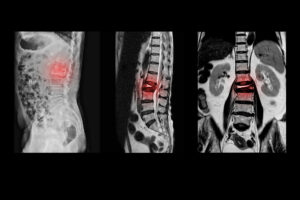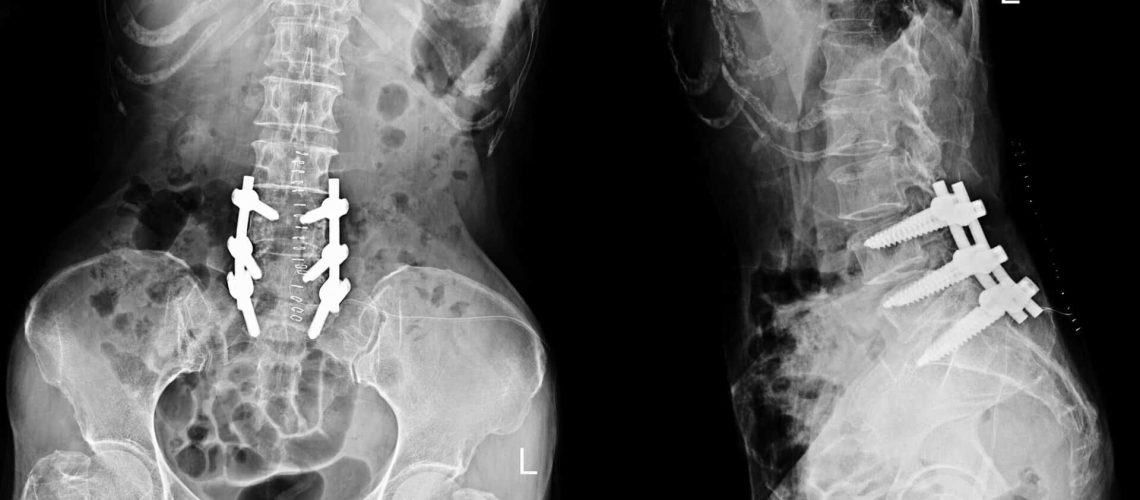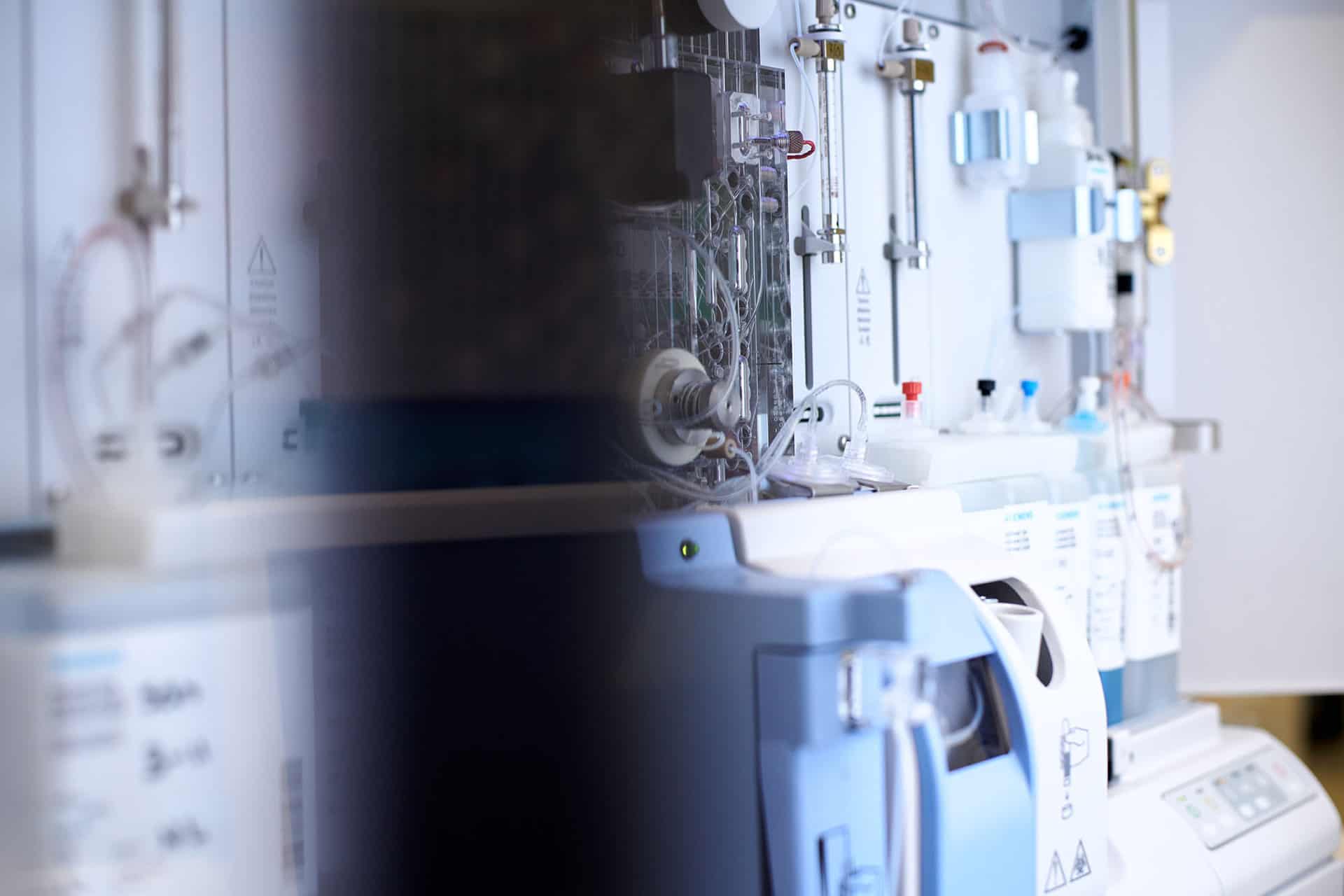 A laminectomy is a surgery meant to reduce pressure on the nerves in the spinal cord. This is typically accomplished by removing part of a vertebra.
A laminectomy is a surgery meant to reduce pressure on the nerves in the spinal cord. This is typically accomplished by removing part of a vertebra.
Post-laminectomy syndrome is a condition in which patients continue to experience pain after the surgery has taken place.
This is a specific case, but PLS is often used to refer to persistent pain following any surgery to the back. It’s even sometimes called Failed Back Surgery Syndrome or FBSS.
This can occur for many reasons, such as failed or inadequate surgery, things not healing correctly, or the surgery itself having not been required in the first place.
Two of the most common causes of PLS are:
- Spinal stenosis—a narrowing of the spinal column after a laminectomy, and
- A small fragment of a spinal disc remaining after the surgery, causing irritation on the spinal cord.
What Are The Symptoms Of Post-Laminectomy Syndrome?
 Back pain at the site of the surgery is the most common symptom patients with PLS experience, but leg pain is also a common issue.
Back pain at the site of the surgery is the most common symptom patients with PLS experience, but leg pain is also a common issue.
These problems interfere with daily tasks, insomnia can occur as the pain and discomfort makes sleeping difficult, and as with all painful disorders, long-term PLS can cause depression and anxiety.
How Is Post-Laminectomy Syndrome Diagnosed?
Fortunately, PLS is relatively easy to diagnose—x-rays, CT scans, and/or MRIs can reveal if the spinal nerves are still being compressed, as well as any infections or abscesses that may have formed as a result.
How Common Is Post-Laminectomy Syndrome?
It’s probably more common than you’d think—roughly 20% of back surgery patients experience pain for prolonged periods of time post-surgery.
This is one reason back surgery is typically a last-resort kind of measure—it places a lot of strain on the spine and the chances of complications are relatively high.
How Is Post-Laminectomy Syndrome Treated?
The good news about PLS is that there are many treatment options for it. Pain management clinics will typically use some combination of the following methods:
- Nerve blocks
- Spinal cord stimulation
- Facet joint injections
- Radiofrequency neurotomy
- Physical therapy
- Painkillers
- Anti-inflammatory medication
The right treatment plan, along with its duration and chances of success, depend on the individual. There are many factors to consider such as age, the cause of PLS, its severity, and so on.
If your doctor makes an accurate diagnosis and the plan is followed consistently, you can expect long-term relief.
PLS, in other cases, may be a problem that will have to be managed on an ongoing basis.
Post-Laminectomy Syndrome & Smokers
 While it may seem like a strange association, there is actually a connection between smoking and the risk of developing PLS. In fact, back pain, as well as chronic pain syndromes in general, are associated with smoking.
While it may seem like a strange association, there is actually a connection between smoking and the risk of developing PLS. In fact, back pain, as well as chronic pain syndromes in general, are associated with smoking.
Many studies show that smokers are less likely to experience pain relief following spinal surgery.
The causal factor is believed to be nicotine’s apparent interference with bone metabolism, as well as increased scar tissue buildup as it constricts the diameter of blood vessels.





